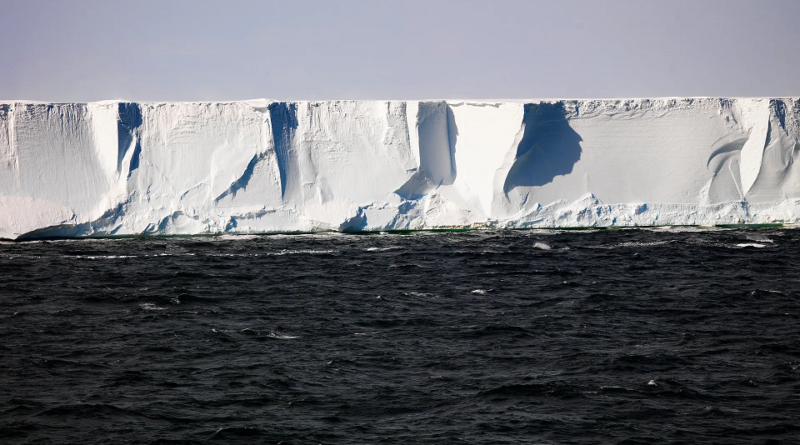Melting Antarctic ice will raise sea level by 2.5 metres
Melting of the Antarctic ice sheet will cause sea level rises of about two and a half metres around the world, even if the goals of the Paris agreement are met, research has shown.
The melting is likely to take place over a long period, beyond the end of this century, but is almost certain to be irreversible, because of the way in which the ice cap is likely to melt, the new model reveals.
Even if temperatures were to fall again after rising by 2C (3.6F), the temperature limit set out in the Paris agreement, the ice would not regrow to its initial state, because of self-reinforcing mechanisms that destabilise the ice, according to the paper published in the journal Nature. Temperatures of more than 20C were recorded for the first time in the Antarctic earlier this year.
Earlier this week, the earth’s northern ice cap also showed the impacts of the climate crisis. Arctic sea ice reached its annual minimum, at the second lowest extent seen in four decades. On 15 September, the ice was measured at 3.74m sq km, which marked only the second time that the extent has fallen below 4m sq km in the current record, according to the US National Snow and Ice Data Center.
While the Antarctic ice sheet will take centuries to melt in response to temperature rises, the new Nature paper showed how difficult it would be to reverse.
Antarctica’s vast ice cap, which covers about as much of the earth as North America and is close to three miles (5km) thick, holds more than half of the earth’s fresh water. Some of it is floating sea ice, which does not cause sea level rises in the way of ice melting from land, and is subject to melting from above and below because of the warming sea.
The researchers examined how ice over land in the region can be expected to melt, and found a strong “hysteresis” effect, which makes it harder for ice to re-form than to melt. When the ice melts, its surface sinks lower down and sits in warmer air, so it requires lower temperatures for the ice to reform than it did to keep the existing ice stable.
If temperatures rose by 4C above pre-industrial levels, which some predictions say is possible if the world fails to reduce greenhouse gas emissions quickly, then the sea level rise would be 6.5 metres from the Antarctic alone, not counting the contribution from Greenland and other glaciers. That would be enough eventually to inundate all of the world’s coastal cities and cause devastation on a global scale.
Courtesy: The Guardian




